Hurricane Melissa has led to at least 50 deaths across the Caribbean as of Friday afternoon, with the storm now weakened into a post-tropical cyclone, veering eastward away from the Americas. It has carved a massive swath of destruction across Jamaica, Haiti, and Cuba as it lashed the region with howling winds and torrential downpours. For Jamaica, Melissa was the strongest hurricane the island had experienced on record when it made landfall on Tuesday with winds at 185 miles per hour, putting it firmly in Category 5.
According to Dana Morris Dixon, Jamaica's minister of education, skills, and youth, "We have never had a Category 5 hurricane in our country." The storm's unprecedented strength and ferocity have left a trail of devastation in its wake, with widespread power outages, destroyed homes, and flooded communities. The Category 5 storm is an extraordinary threat even in a season that felt unusually quiet.
One of the key factors contributing to Melissa's unusual strength is its rapid intensification, which allowed it to rapidly grow in power over a short period. This phenomenon is often associated with warmer ocean waters and a more favorable atmospheric environment, both of which were present in the Caribbean during Melissa's development. "Rapid intensification is a major concern for hurricane forecasters, as it can lead to a significant increase in storm surge and wind damage," said Dr. Maria Rodriguez, a hurricane expert at the National Oceanic and Atmospheric Administration (NOAA).
Another unusual aspect of Hurricane Melissa is its unusual track, which took it directly over Jamaica and Haiti before making landfall. This is a rare occurrence, as most hurricanes tend to follow a more westerly or northerly track. "The storm's track was influenced by a combination of factors, including the position of the subtropical high-pressure belt and the presence of a low-pressure system to the north," said Dr. John Taylor, a meteorologist at the University of Miami.
The impact of Hurricane Melissa has been exacerbated by the region's vulnerability to climate change. Rising sea levels and more frequent extreme weather events have left many communities in the Caribbean without adequate infrastructure or resources to cope with the storm's aftermath. "The effects of climate change are being felt across the Caribbean, and Hurricane Melissa is a stark reminder of the need for urgent action to address this issue," said Dr. Nadia Martinez, a climate scientist at the University of the West Indies.
As the storm continues to move eastward, officials are working to assess the full extent of the damage and provide aid to affected communities. The current status of the storm is that it has weakened into a post-tropical cyclone, with sustained winds of around 60 miles per hour. The next developments will focus on the storm's interaction with the subtropical high-pressure belt and the potential for further weakening or intensification.
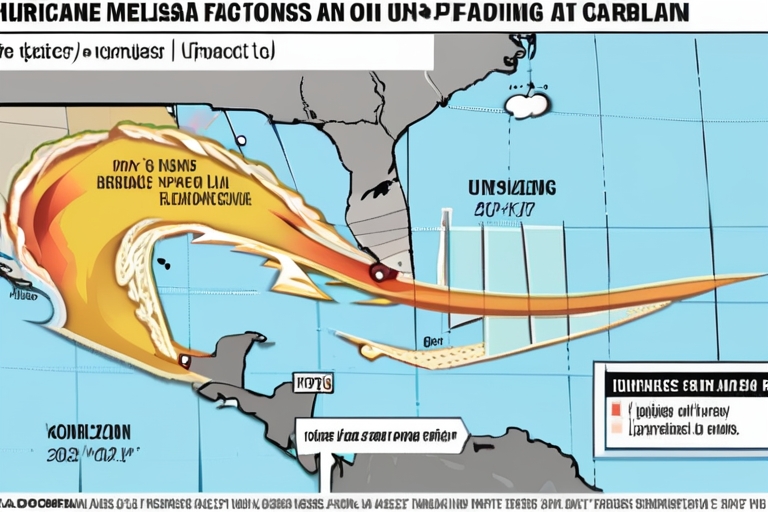


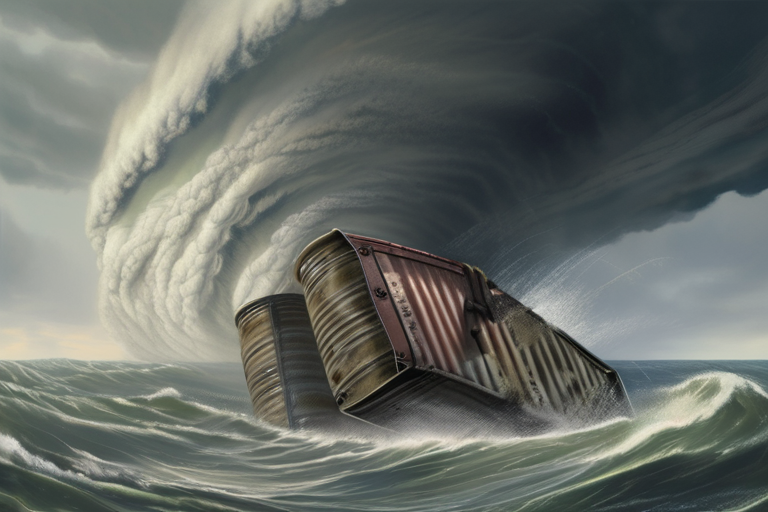
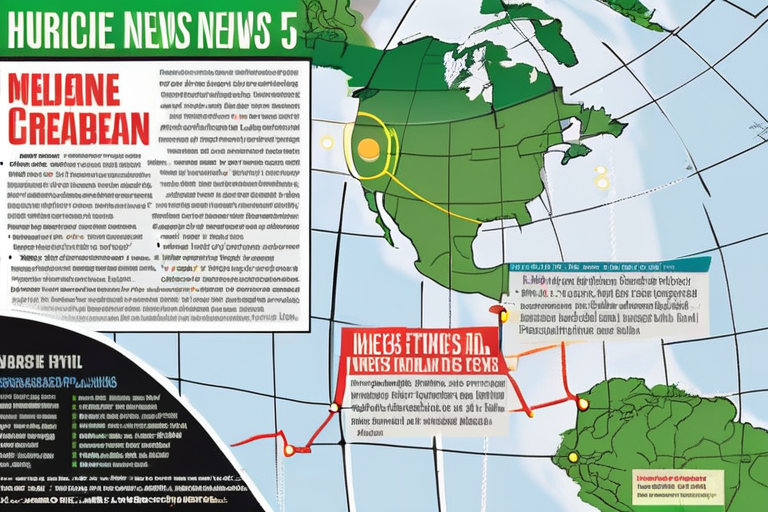
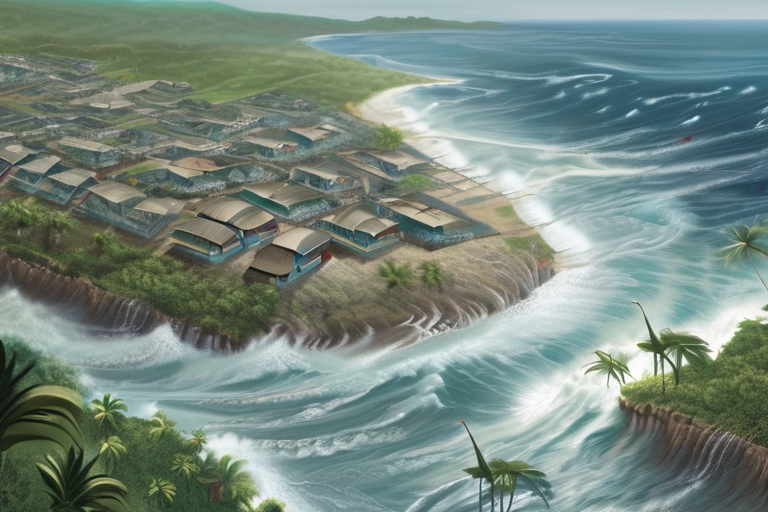


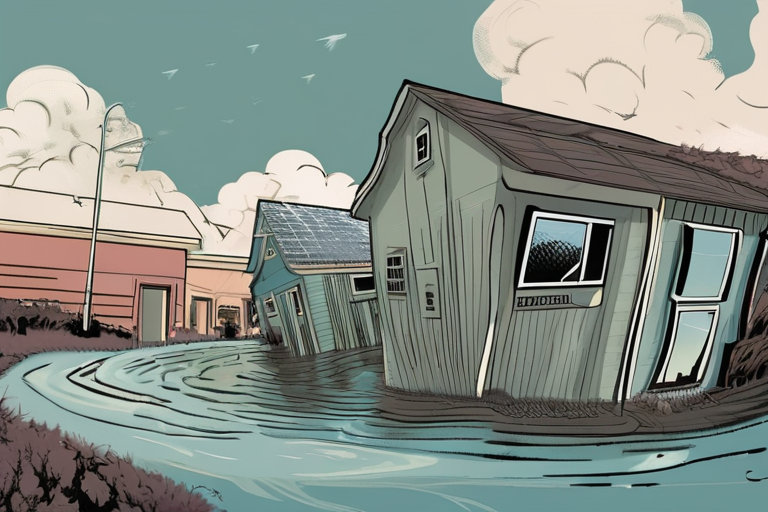
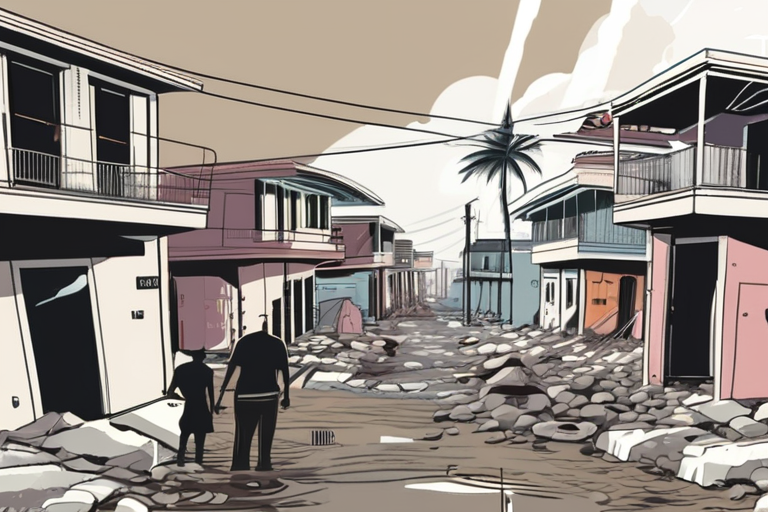




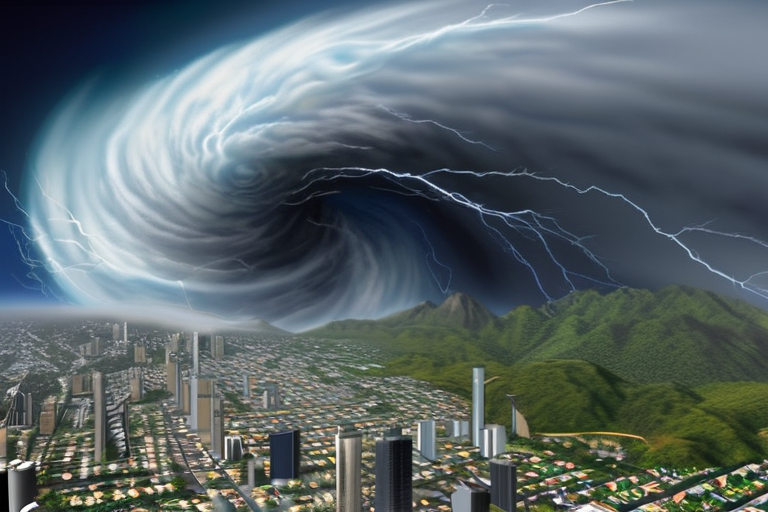

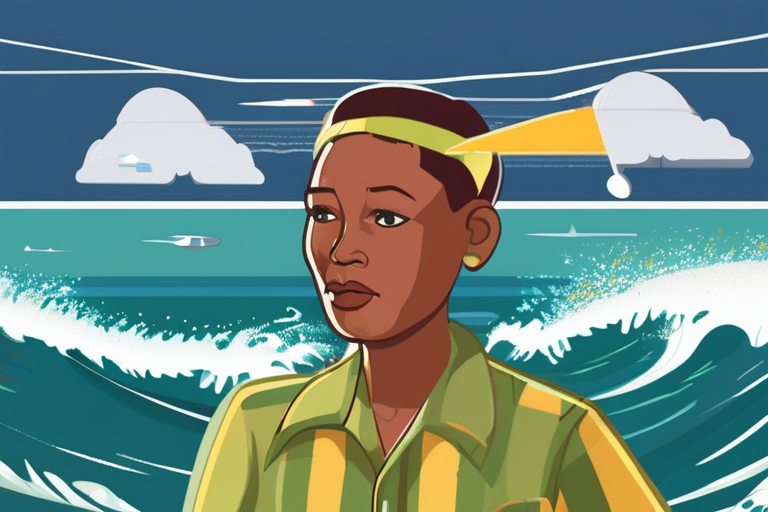
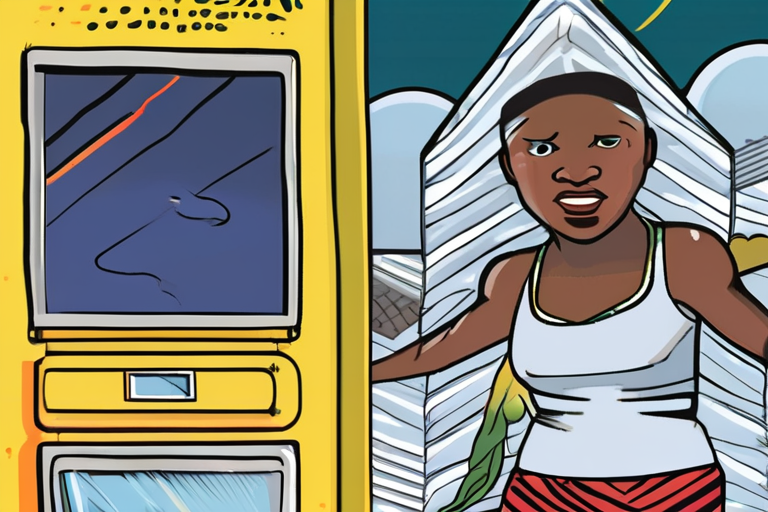
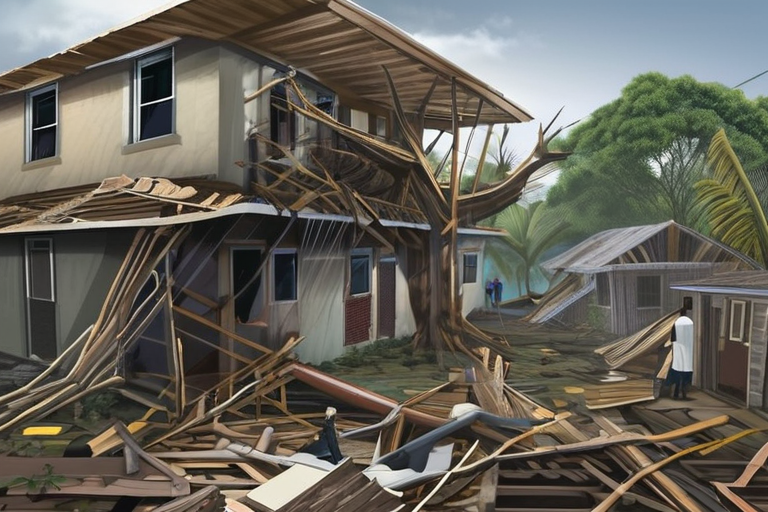






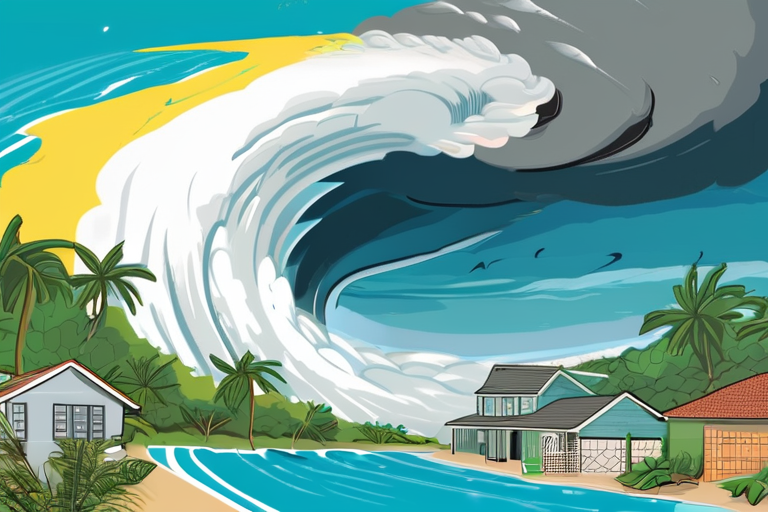

Share & Engage Share
Share this article